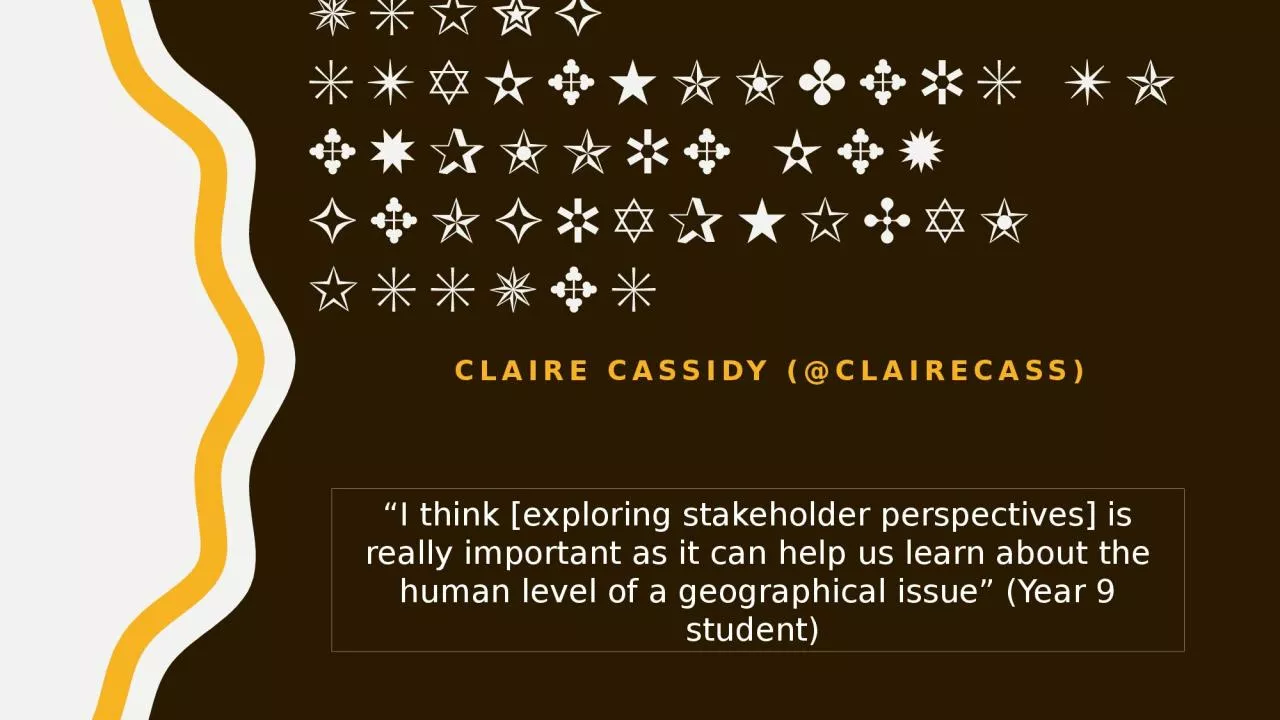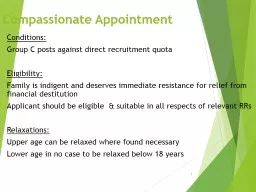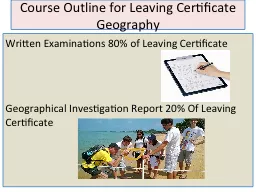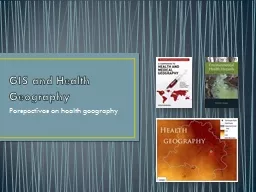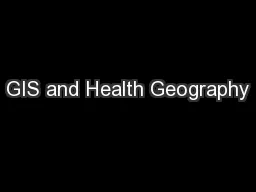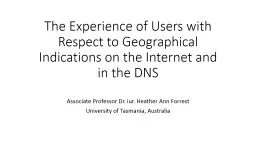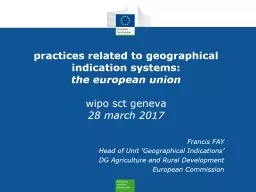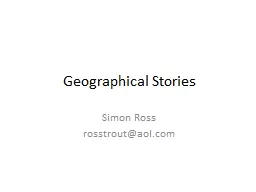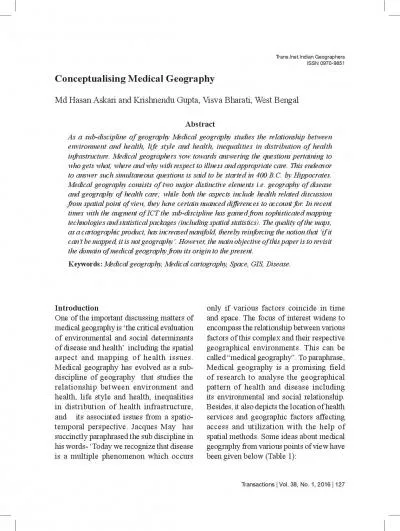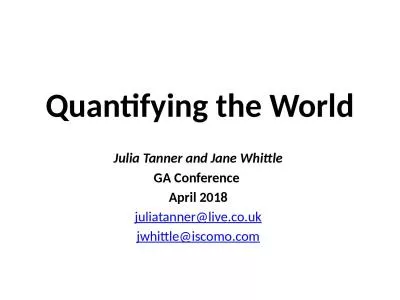PPT-Compassionate geography: using stakeholders to explore key geographical issues
Author : queenie | Published Date : 2024-02-03
Claire Cassidy clairecass I think exploring stakeholder perspectives is really important as it can help us learn about the human level of a geographical issue Year
Presentation Embed Code
Download Presentation
Download Presentation The PPT/PDF document "Compassionate geography: using stakehold..." is the property of its rightful owner. Permission is granted to download and print the materials on this website for personal, non-commercial use only, and to display it on your personal computer provided you do not modify the materials and that you retain all copyright notices contained in the materials. By downloading content from our website, you accept the terms of this agreement.
Compassionate geography: using stakeholders to explore key geographical issues: Transcript
Download Rules Of Document
"Compassionate geography: using stakeholders to explore key geographical issues"The content belongs to its owner. You may download and print it for personal use, without modification, and keep all copyright notices. By downloading, you agree to these terms.
Related Documents

